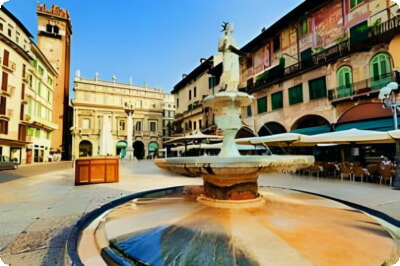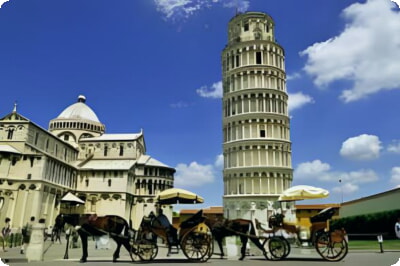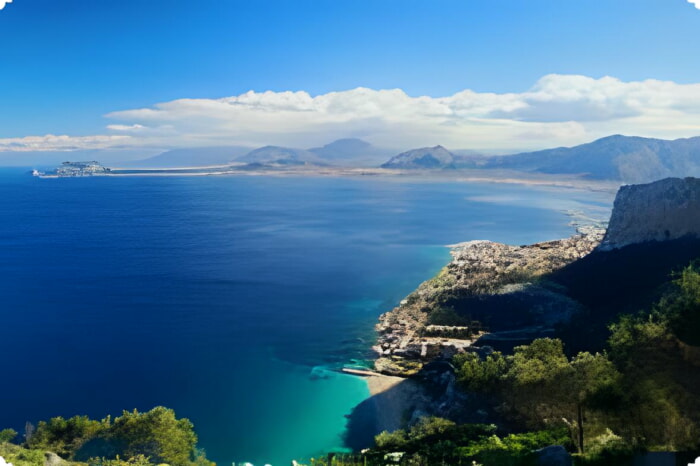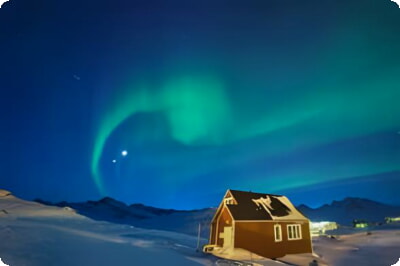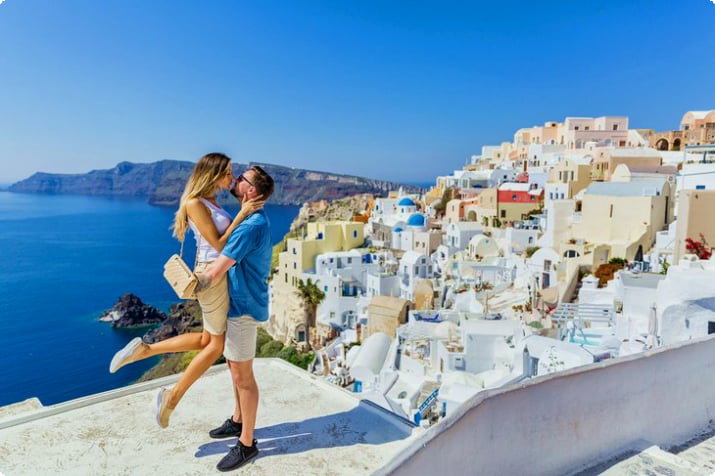Discover Milan: A City of Rich History and Vibrant Culture
Milan, often overlooked by tourists in favor of other Italian cities, is a treasure trove of history, culture, and fashion. This bustling metropolis has played a significant role throughout history, with influential figures like St. Augustine, Michelangelo, Leonardo da Vinci, and Giorgio Armani contributing to its legacy. Milan's past as a powerful economic hub has left it with a wealth of artistic and architectural wonders.
The city's heart is the Piazza del Duomo, a central point connecting key attractions like the medieval Piazza dei Mercanti and the Galleria Vittorio Emanuele II. Within a short walk, you can experience the grandeur of La Scala opera house and other top sites in Milan.
For accommodation tips, check out Where to Stay in Milan.
1. Il Duomo (Milan Cathedral)
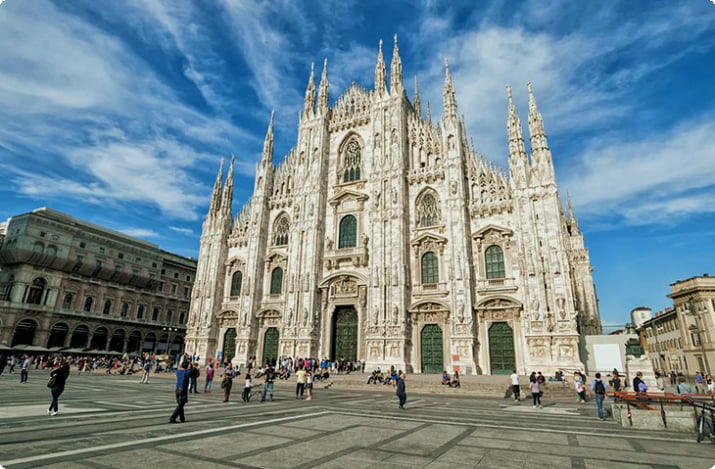
The Cathedral of Santa Maria Nascente, known as "Il Duomo," is one of the largest and most striking churches globally. Its construction began in the 14th century, with Napoleon completing the façade. The cathedral features 135 spires, 2,245 marble statues, and the world's largest stained-glass windows. Inside, the 52 massive pillars and the treasury's ancient artifacts leave visitors in awe. A rooftop walk offers panoramic views of Milan and the Alps.
Address: Piazza del Duomo, Milan
Official site: http://www.duomomilano.it/en
2. Leonardo da Vinci's Last Supper
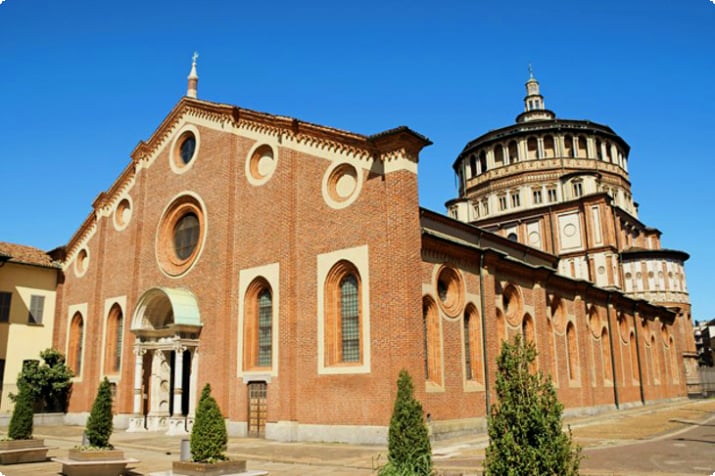
The church of Santa Maria delle Grazie is home to Leonardo da Vinci's iconic "Last Supper." Despite damage from World War II, the church and its Renaissance dome by Bramante stand beautifully restored. Visitors flock to see da Vinci's masterpiece, which revolutionized art with its dynamic portrayal of Christ's final meal. Viewing is by advance ticket only.
Address: Piazza Santa Maria delle Grazie 2, Milan
Official site: http://www.milan-museum.com/booking.php
Guided tours in Milan
3. Galleria Vittorio Emanuele II: Luxury Shops and Elegant Cafés
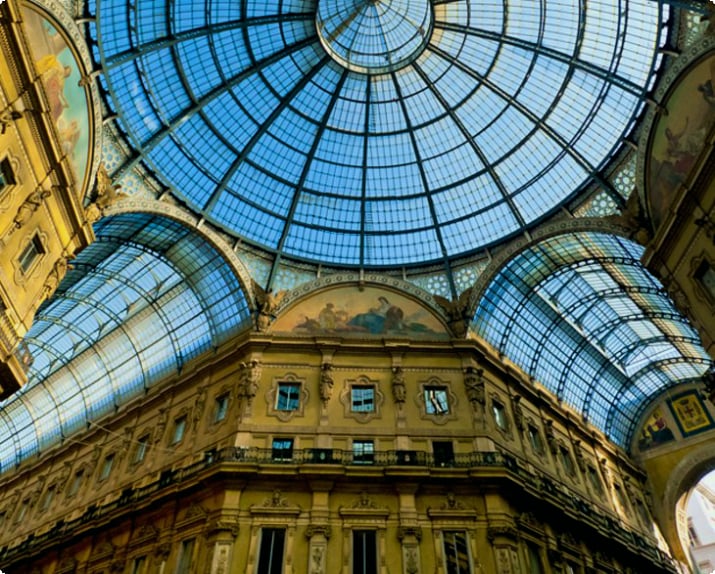
This 19th-century shopping arcade is a prime example of industrial iron and glass construction. Known as "il salotto" (the salon), it's a favorite spot for locals to enjoy luxury shopping and café culture.
Address: Piazza del Duomo, Milan
4. Castello Sforzesco
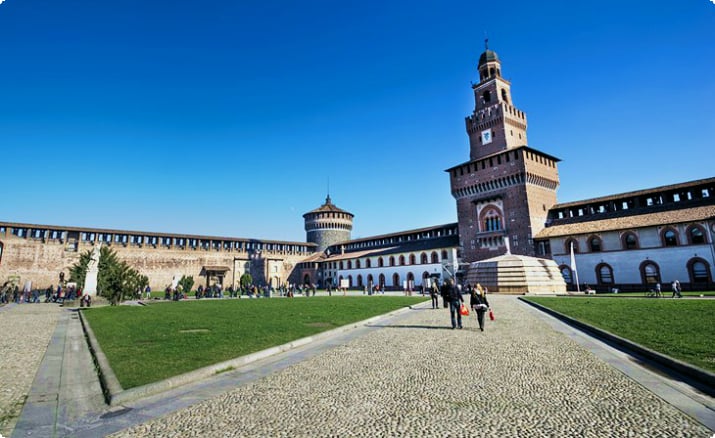
Once the stronghold of Milan's ruling families, Castello Sforzesco now houses several museums, including Michelangelo's "Pietà Rondanini" and collections of art, musical history, and armor.
Address: Piazza Castello, Milan
Official site: https://www.milanocastello.it/en
5. Pinacoteca di Brera
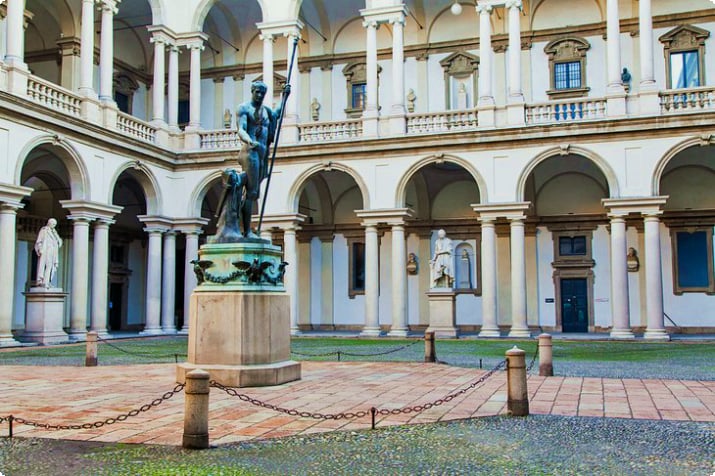
The Pinacoteca di Brera, housed in a Renaissance palace, is one of Italy's premier art galleries, featuring works by northern Italian masters and a hidden botanical garden.
Address: Via Brera 28, Milan
6. Teatro alla Scala
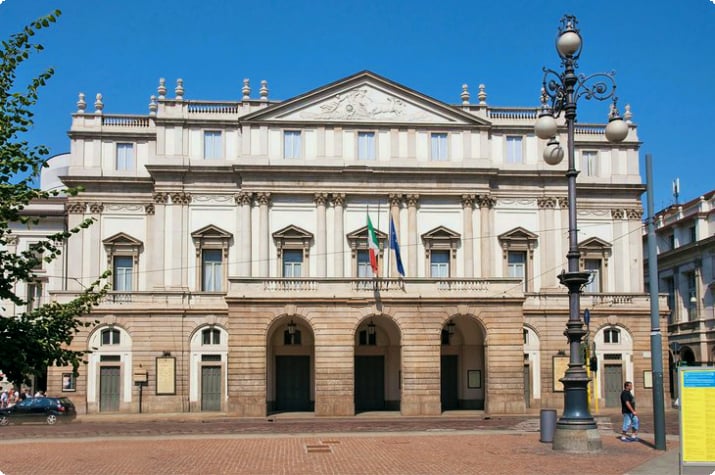
La Scala is the world's most prestigious opera house, known for its discerning audiences and rich history. The Museo Teatrale alla Scala offers a glimpse into the theater's past.
Address: Piazza della Scala, Milan
Official site: www.teatroallascala.org
7. Sant'Ambrogio
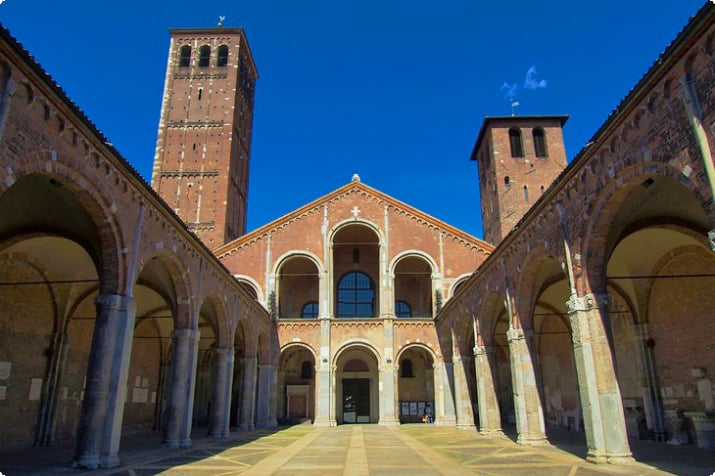
The church of Sant'Ambrogio, founded by Milan's patron saint, is a Romanesque masterpiece with a richly decorated interior and significant historical artifacts.
Address: Piazza Sant'Ambrogio 15, Milan
8. Cimitero Monumentale
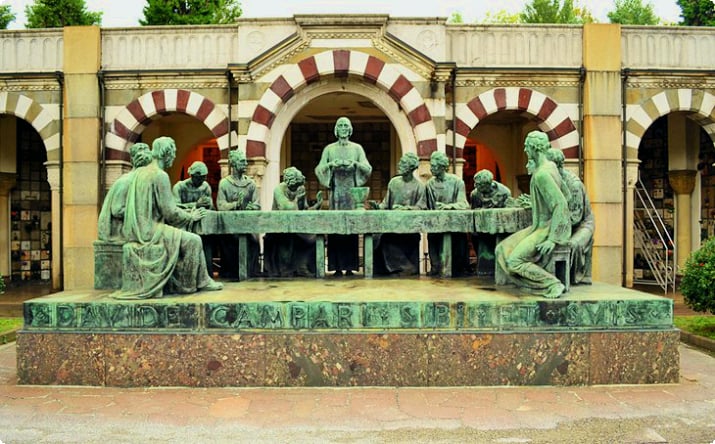
This cemetery is an open-air gallery of Art Nouveau sculptures, showcasing the tombs of Milan's elite.
Address: Piazzale Cimitero Monumentale, Milan
9. San Maurizio and the Archaeology Museum
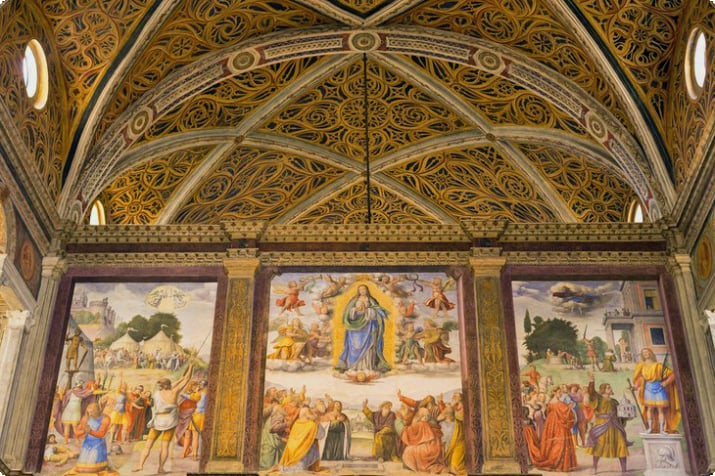
San Maurizio, known for its stunning frescoes, shares its space with the Archaeology Museum, which displays Roman, Greek, and Etruscan artifacts.
Address: Corso Magenta 15, Milan
10. Naviglio
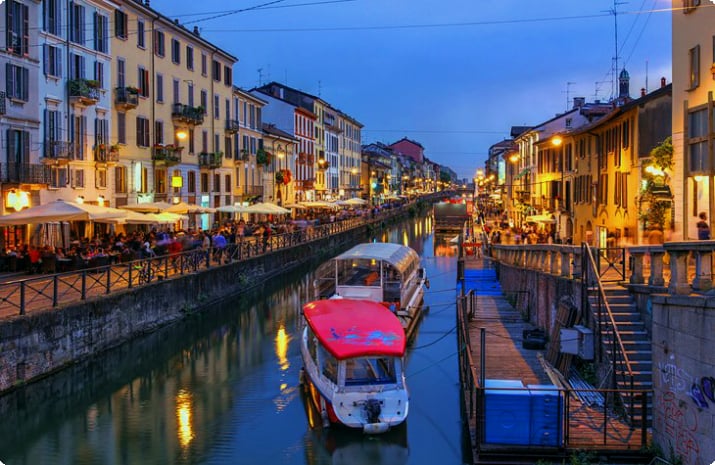
Naviglio is a lively district known for its canal-side nightlife, boutiques, and festivals.
Address: Corso San Gottardo, Milan
For more attractions and detailed information on where to stay and tours in Milan, visit the official sites linked throughout this summary. Milan's central location also makes it an ideal base for exploring northern Italy's lakes, mountains, and historic towns.


